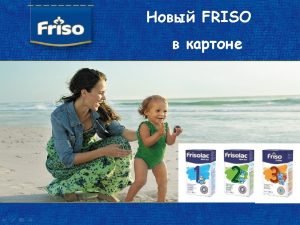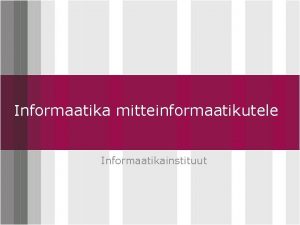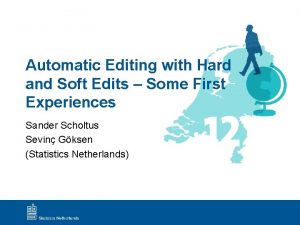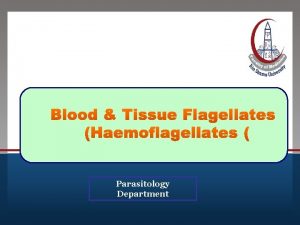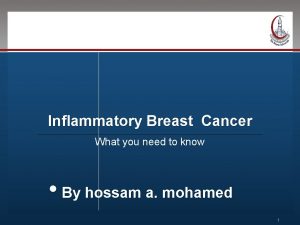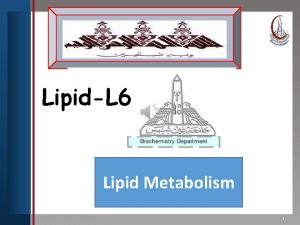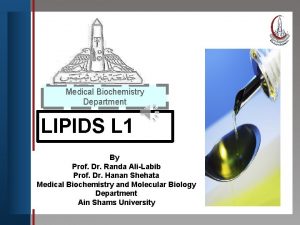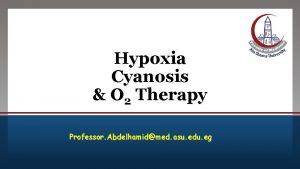Click style Clickto to edit Master title style









- Slides: 9

Click style Clickto to edit Master title style Modeling University Students Living in Dormitories in an Activity-Based Travel Demand Model Denver Regional Council of Governments (DRCOG) Presented by: Sang Gu Lee June 4, 2019 17 th TRB Transportation Planning Applications Conference June 2 -5, 2019, Portland, Oregon

Introduction Click style Clickto to edit Master title style • Why –DRCOG’s Activity-Based Model (ABM) used Census-based households, which do not include university dormitory residents. Model underestimated university travel activities, especially walk and bicycle trips. • Purpose – Develop an approach to account for university students living in dormitories previously not reflected in the model. Census Population Group Quarters Households Institutional Facilities Modeled Nursing Correctional Mental Hospitals Noninstitutional Facilities Transitional Shelters Military College/University Now Modeled

Base Data Click style Clickto to edit Master title style • Four major campuses – approximately 12, 000 dormitory residents

Approach Click style Clickto to edit Master title style • Simplified approach to improve model results • “Modeling Day” – universities in session • Within ABM component – no specific codes added other than interaction terms • Assumptions - Information from universities and other resources 12, 180 Dorm Students Auto Availability Work Status Income Grade Level 30% 35% 23% 77% 90% 10% 87% 13% Full-time Part-time Non-worker 1 -car Zero-car Low Medium Undergraduate Graduate

Model Output – Dorm Residents Click to edit Master style Click to edit Master title style 12, 180 Dorm Students About 33, 000 trips on a typical one day

Model Output – Example of Dorm Residents Click to edit Master title style • Daily activities of a dorm resident at the University of Colorado at Boulder

Model Impact – Before and After Click to edit Master title style • Total person trip origins – all four campuses (7 TAZs) Total Person Trip Origins by Mode After (100, 000 trips) Before (60, 000 trips) 40 000 35 000 30 000 25 000 20 000 Number of Trips 20 000 15 000 10 000 After (100, 000 trips) 15 000 10 000 5 000 Bike Transit k or W op Sh l ho o Sc ec So re cia at l io na l Walk R Shared Ride P Bu ers si on ne al ss Drive Alone M co rt 0 ea l 0 5 000 Es Number of Trips Before (60, 000 trips) Total Person Trip Origins by Purpose

Implications and Future Work Click to edit Master title style • Better representation of Pedestrian and Bicycle trip making, traffic volumes, and transit ridership • Model run results more realistic (future years, transportation alternatives) • Further research and modifications • Use for project application evaluations and performance measurements • Consider applying to military group quarters population

Click style Clickto to edit Master title style THANK YOU! Sang Gu Lee slee@drcog. org 303. 480. 6765 https: //drcog. org/
